There seems to be much chatter about whether to hide or seek on safari, and both can be considered controversial as most things are subjective. However, like many situations, one’s opinion often changes after they have experienced something they had a preconceived notion about from other people’s shared experiences.
It seems fitting to be writing this from South Africa. I was there to scout locations, pre-pandemic, for the five best locations of Southern Africa Safari. High on the list was Zimanga, known for its state-of-the-art photographic hides. I was unsure how I felt about photographing from a blind.
Is it cheating? Is it ethical? Would it be boring just sitting, waiting, and shooting what appeared before you?
Walking down a long tunnel, I was intrigued as I popped into a magnificently designed bunker with long windows on each side, eye level with the water. This was built on a small lake’s banks, which birds are naturally drawn to. Inside were comfortable office-type chairs on wheels and tripods with Wimberly mounts on wheels, making it easy to roll left to right quickly for the best position. The tripods also easily crank down to put your lens at the water level. I cannot think of another way you could safely have your lens at this perspective, and it is incredible!

Water is life. Both birds and animals come to the water to drink for survival, especially in the dryer regions. Many reserves, ranches and farms worldwide have added water holes to their land. Adding a hide for viewing and photographing, which brings in tourism, is a brilliant way to help financially manage land and protect the ecosystem. Therefore, I see nothing unethical about it. As for photography, I find it just as challenging as seeking out wildlife, but with a chance to be more creative with perspective, slow motion, and lighting.


I am one that always loves to increase the odds. This is particularly true with bird photography. Narrowing down the target of impact so I struggle less seems wise. However, I still find it a challenge to nail a pied kingfisher hitting and emerging from the water, catching a malachite kingfisher in flight or any bird in flight for that matter, as do most of my clients, unless, of course, you are using a wider-angle lens covering most of the water and then crop more than 50% – not much skill or excitement in that! I love having more chances at it since it is less random, and I have more opportunities to observe the behavior and become more creative with slow shutter speeds.



Patience is still needed, even more so in a hide than when seeking out wildlife. You can sit for prolonged periods waiting rather than bumbling about on a slow morning or afternoon, enjoying the beauty of the changing landscape as you search. However, once an animal is spotted, it is as exciting as finding it in the wild. Although you may see the animals approaching from a distance, they are skittish because anywhere in the wild, where there is water, predators wait in ambush – easily witnessed during the great migration. Therefore, you still sit with anticipation and excitement, waiting to see if the animals will come to the water hole or quickly flee instead.
“Images from hides all look the same, one and done.”
This is a comment I read in the social media streams. I completely disagree as you still have creativity in composition, exposure, and shutter speed; perhaps they are sitting center every time and just snapping what is in front of them? Also not all hides are equal. Just like a classic safari the choice of hide location, time of year, and type of hide are key! Read on!
The newest trend is night hides and state-of-the-art overnight hides. Your chances of seeing exotic nocturnal species are highly increased over doing a night game drive.


All my guests loved the night hide (and helicopter) experience so much that several of them are joining me again next year!
My absolute favorite hide/night hide is only 3 hours from my home in Nairobi, Kenya! What I love about it is how the lights are set up and managed. Four lights are in the front, two on the side, and three in the back: each with its switch. This is where skill comes into play! You must watch and understand the animal behavior to know when and how to change the lighting not to scare off the animals. However, the effect of sidelight and backlight at night is an entirely new level of the “WOW” factor!




As to hide or seek? I love them both. Together they take a classic safari to a higher level in terms of unique experiences, creativity, and variety of images that one can produce. However, my experience is that hide photography also has less stress and impact on the wildlife, particularly over safaris in national parks that are overcrowded with safari vehicles these days and the reason why most of my safaris are now conducted on private reserves and conservancies – but that is a post for another day.

The African Wildlife Extreme safari is just that! Four locations that include helicopter photography, night photography, low angle photography, hide photography, and hunting for the famous black leopard with a mix of classic game drives in private conservancy’s with low vehicle density. There is ONE SPOT LEFT if you wish to join this extremely unique safari. REGISTER

